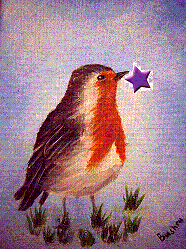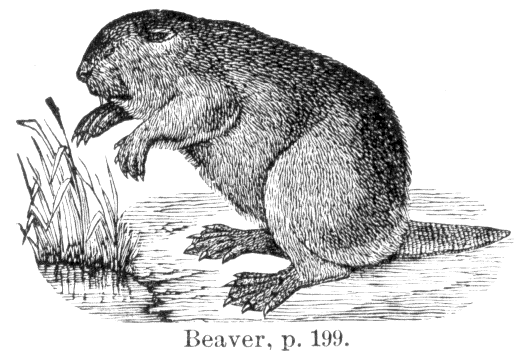
Frog Unit Study
As I start on my second year of writing lenses at Squidoo, I have decided to take the plunge into learning about the rest of the web. Up to this point I have written mostly about education and how to set up a learning environment that is focused on a central theme or unit study.
I have taught both in classrooms as well as homeschooled my children so I try to point out ways to adapt these ideas to either setting.
Children love to touch, handle and explore the world around them. No child learns as well as when he or she is actively engaged in fun, creative hands-on learning. In a classroom setting I found it difficult to find activities that engaged all the students at the same time. I began to search for ideas by reading books written by teachers and by interviewing teachers from from many different schools. I spoke with teachers in classrooms as well as retired teachers. I observed classrooms both in the United States and in Costa Rica. I read about classrooms in New Zealand, England, Japan as well as many other countries. I was searching for ways to engage all my students as once but and kept notes on interesting ideas that seemed to work.
Sylvia Ashton Warner taught Maori children in New Zealand. She discovered that children could learn sight words easily if the words had meaning to the children. My grandmother was a retired teacher from one room schoolhouses in Vermont. She talked with me about how to teach several grades at the same time. The key seemed to be to have a central theme.
When my youngest started kindergarten, Mrs. Judge believed that children take ownership of their classroom when they are the ones to make decisions in the theme. When they start with an empty classroom and their work displayed around the room is what makes it their classroom.
Sherry Stimmel, my mentor, showed me how to pair up students of various abilities to teach eachother about the subject being taught. She constantly looked for ways, for example, that a First Grader could teach a Third Grader some aspect of the lesson. One of her students was a dislexic second grader who could barely read. She had a first grader read to him but later on had him teach a lesson to the third graders on some aspect of their science lesson that he seemed to understand better than the teacher.
What do each of these teachers have in common? They put the student first. It is the student, not the curriculum that needs to be taught. From this perspective I started to create learning centers that focused on a central theme. One of my first themes was frogs. My Frog Unit Study
was so popular that I began creating more and more activities and learning centers related to frogs that I could have taught using that theme for a whole year if necessary. The children loved watching tadpoles hatch, measuring their growth and writing stories about them. My classroom became a and my students were my little tadpoles.
I love to read aloud to children and we read voraciously about frogs. One day I stumbled upon the Thornton Burgess books. Thornton Burgess as a naturalist from Massachusetts who wrote articles for children at the beginning for the last century. His little books focus on one animal per book. The books have beautiful illustrations and large print. Each book mentions characters from the other books and each animal describes his perspective on his habitat and the fellow creatures in his environment.
With the help of the Thornton Burgess books our unit studies progressed from Frog Theme to RiverOtters to Bluebirds
Over the years I have used aspects of these unit studies in both public and private classrooms, afterschool programs, tutoring and homeschooling. You can read more about my unit studies including hundreds of examples of ways to make your teaching more creative, hands-on and fun by going to my Lensography










Comments